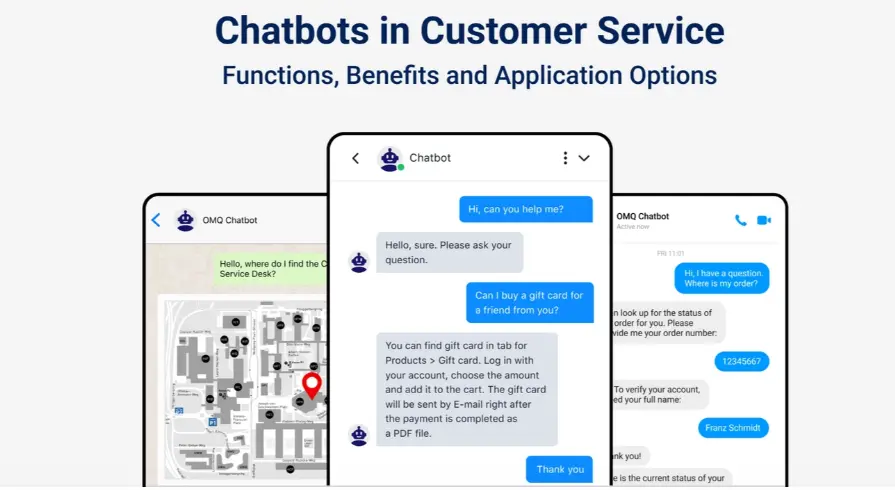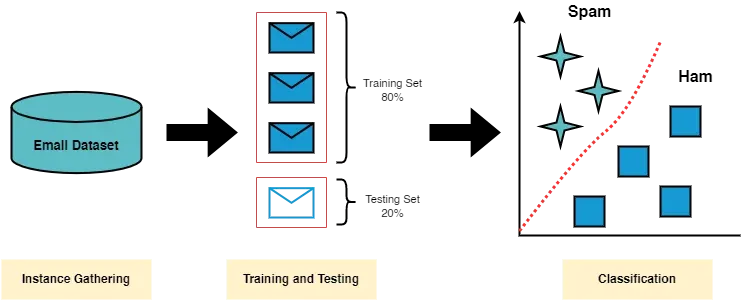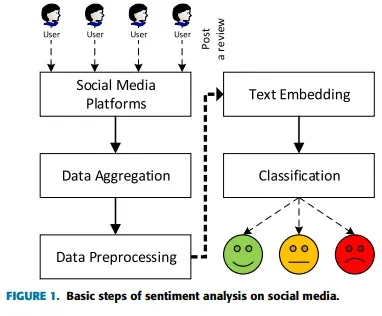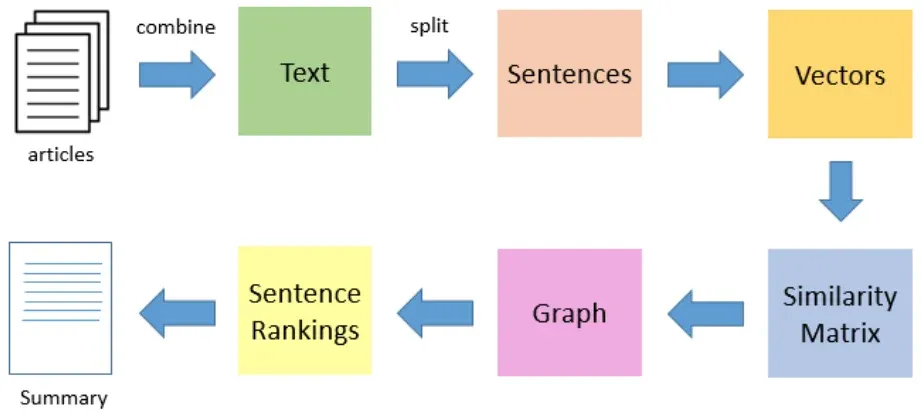Introduction
Here's a fun fact: when your smartphone confidently suggests the next word you'll type, it's all thanks to machine learning.
But it's not just any machine learning.
It's a finely-tuned model trained to predict your text based on millions of sentences typed by people every day.
And guess what? There's more! Fine-tuning in machine learning isn't limited to your phone keyboard. It's used across many applications, making our life easier without us even realizing it.
In this blog post, we will explore a few real-world examples of fine-tuning in machine learning.
By the end, you'll see that something that sounds as complex as 'fine-tuning in machine learning' actually touches your life in many ways! Let's jump right in
Personalized Medicine
With the advancements in ML and NLP, researchers can utilize pre-trained language models like GPT-3 to develop novel applications in personalized medicine.
By fine-tuning these models with in-depth medical records and clinical notes, it becomes possible to predict a patient's risk of specific diseases, customize treatment plans, and even generate personalized medical reports.
Fine-tuning a language model involves training the model on a large dataset of patient data and using it to learn the patterns and relationships between various medical factors.
This enables the model to accurately predict a patient's health condition, allowing healthcare professionals to tailor treatments accordingly.
Furthermore, fine-tuning examples can also aid in automating the generation of medical reports, saving physicians time and improving overall healthcare efficiency.
Customer Service Chatbots

Chatbots have become integral to customer support systems as businesses strive to offer excellent customer service.
These chatbots can efficiently handle various customer inquiries and provide helpful solutions.
One way to enhance these chatbots' capabilities is by fine-tuning a pre-trained dialogue model using specific customer support datasets.
By fine-tuning a dialogue model like LaMDA with a company's customer support tickets, the chatbot becomes more adept at understanding the unique product issues faced by customers.
By undergoing fine-tuning using real customer interactions, the model can learn from real-world data which allows it to give precise and customized replies.
This enhances the overall customer experience and lessens the workload for human customer service representatives.
The process of AI fine-tuning model permits the model to adapt to real customer data, empowering it to respond accurately based on individual customer needs while reducing reliance on people for routine support inquiries.
Image Classification for Autonomous Vehicles
Autonomous vehicles rely heavily on visual perception systems to navigate and make real-time decisions.
Fine-tuning pre-trained image recognition models has proven to be a practical approach to providing accurate object recognition for autonomous vehicles, specifically in the context of image classification.
Using a pre-trained model trained on a vast dataset of general images, such as ImageNet, allows developers to leverage their knowledge of basic features and structures.
By fine-tuning this model with specific images of road objects like cars, pedestrians, and traffic signs, the model can learn to recognize and classify these objects with high precision.
This AI fine-tuning process enables autonomous vehicles to navigate safely in specific environments, ensuring the safety of passengers and pedestrians alike.
Music Composition with Style Transfer
Machine learning techniques have revolutionized the field of music composition. One fascinating application is fine-tuning a music generation model with a specific composer's style.
By leveraging a pre-trained music generation model and training it with compositions from a particular artist, users can now create music that embodies their favorite composer's unique style and characteristics.
AI Fine-tuning involves exposing the model to a dataset of compositions by the desired artist.
The model learns the patterns, rhythms, and harmonies specific to that composer's style, allowing it to generate new music that closely resembles their work.
This application of fine-tuning allows musicians and composers to explore new creative possibilities.
It preserves the artistic legacy of renowned composers by enabling the generation of music in their distinctive style.
Spam Detection with Email Filtering
In today's interconnected world, email remains a popular means of communication, but it also attracts a multitude of spam messages.

Machine learning algorithms have been successfully applied to automate spam detection and improve the efficiency of email filtering systems.
One practical approach is AI fine-tuning a text classification model using a dataset of labeled spam emails
By fine-tuning a pre-trained text classification model with a specific organization's or industry's spam data, it becomes possible to enhance its accuracy in identifying spam messages.
The model can learn the unique characteristics and patterns of spam emails within the targeted sector, providing a more tailored and efficient email filtering system.
This fine-tuned model can significantly reduce the number of false positives and negatives, improving user experience and safeguarding sensitive information.
Drug Discovery with Molecular Property Prediction
The process of drug discovery is both time-consuming and costly. Machine learning techniques offer robust solutions to accelerate and optimize the drug discovery process.
AI Fine-tuning a model trained on chemical structures and their properties can assist in predicting molecular properties for potential drug candidates.
By fine-tuning a pre-existing model with data specific to a drug discovery project, researchers can enhance the accuracy of predictions for identifying compounds with desired properties.
This process involves training the model using a dataset of chemical structures and corresponding properties, enabling it to learn the relationships between structure and property.
The fine-tuned model can then assist in identifying promising drug candidates with specific characteristics, such as efficacy, toxicity, or bioavailability, thus streamlining the drug development process.
Sentiment Analysis for Social Media Monitoring
Social media platforms have become integral to our daily lives, with millions of users expressing their opinions and sentiments on various topics.

Sentiment analysis, an application of machine learning, plays a crucial role in understanding public opinion and monitoring brand perception.
Through fine-tuning, a pre-trained sentiment analysis model can be customized to analyze social media posts or tweets related to a specific brand or event.
By fine-tuning the model with a labeled dataset of social media data, it can learn the nuances and context-specific sentiment patterns associated with a particular brand or event.
This fine-tuned model can then accurately classify the sentiment expressed in social media posts, providing valuable insights into customer sentiment trends and brand perception and identifying potential areas for improvement.
Code Generation for Software Development
Software developers often face repetitive coding tasks or need to generate boilerplate code for their projects.
Machine learning can simplify these tasks by fine-tuning a code generation model with a specific programming language and style. This allows developers to automate specific coding tasks and expedite the development process.
By training the model with code samples in the desired programming language, it learns the syntax, structure, and patterns specific to that language.
As a result, developers can leverage the fine-tuned model to generate code snippets or automate repetitive coding tasks, saving time and effort.
This application of fine-tuning in software development enhances productivity and streamlines the coding workflow.
Text Summarization for News Articles
Reading lengthy news articles can be time-consuming. Machine learning offers a solution through text summarization models that condense large volumes of text into concise and coherent summaries.

Fine-tuning a pre-trained summarization model with a dataset of news articles from a specific publication or topic helps generate accurate and informative summaries for readers.
Training the model with news articles relevant to a specific topic or from a particular source, it learns to extract meaningful information and summarize the content effectively.
The fine-tuned model can provide readers with concise summaries, enabling them to quickly grasp the key points and decide whether to delve deeper into the article.
This application of fine-tuning enhances the efficiency of news consumption and aids in information retrieval.
Product Recommendation Engines

E-commerce platforms strive to provide personalized shopping experiences to their customers by recommending products tailored to their preferences and interests.
AI Fine-tuning recommendation models with user purchase data can significantly improve the accuracy of product recommendations.
By training a recommendation model with a specific store's customer purchase history, it can learn individual customer preferences and identify patterns in their purchasing behavior.
The fine-tuned model can generate personalized product recommendations that are more likely to align with each customer's tastes and needs.
This fine-tuning application enhances customer satisfaction, increases conversion rates, and drives revenue for e-commerce businesses.
Conclusion
The potential of fine-tuning is astounding.
As we've seen, it already enables transformative applications in medicine, transportation, creativity, and more.
But we've only scratched the surface of what's possible. With the right data, fine-tuning can customize models to excel at almost any task.
The future promises personalized AI that improves our lives immeasurably.
So don't leave your model's potential untapped! Join the fine-tuning revolution to create your own customized solution.
Let your imagination run wild with the possibilities. With the power of fine-tuning, your ideas can soon become reality!
Frequently Asked Questions (FAQs)
How does fine-tuning differ from training a machine learning model from scratch?
Fine-tuning utilizes pre-trained models as a base, adapting them to new tasks by adjusting specific layers or parameters.
Unlike training from scratch, it leverages existing knowledge, requiring less data and computation while often yielding faster convergence and improved results.
What are some common techniques used for fine-tuning machine learning models?
Techniques like transfer learning, adjusting learning rates, freezing layers, and employing different optimizers are common in fine-tuning.
These methods allow practitioners to tailor models effectively for specific tasks or datasets without extensive computational resources.
Can fine-tuning be applied to various types of machine learning models?
Yes, fine-tuning isn't limited to specific models. It's applicable across various architectures like convolutional neural networks (CNNs), recurrent neural networks (RNNs), transformers, and more, enabling adaptation for different domains and tasks.
What are the benefits of using fine-tuning in machine learning applications?
Fine-tuning facilitates quicker deployment of models, reduced data requirements, and improved performance in specialized domains.
It enables leveraging existing models' knowledge, saving time and resources while adapting to specific tasks efficiently.
How can one determine if fine-tuning is suitable for a particular machine learning task?
The suitability of fine-tuning depends on data availability, similarity of the target task to the pre-trained model's domain, and computational constraints.
Evaluating these factors helps decide whether fine-tuning would enhance model performance effectively.


